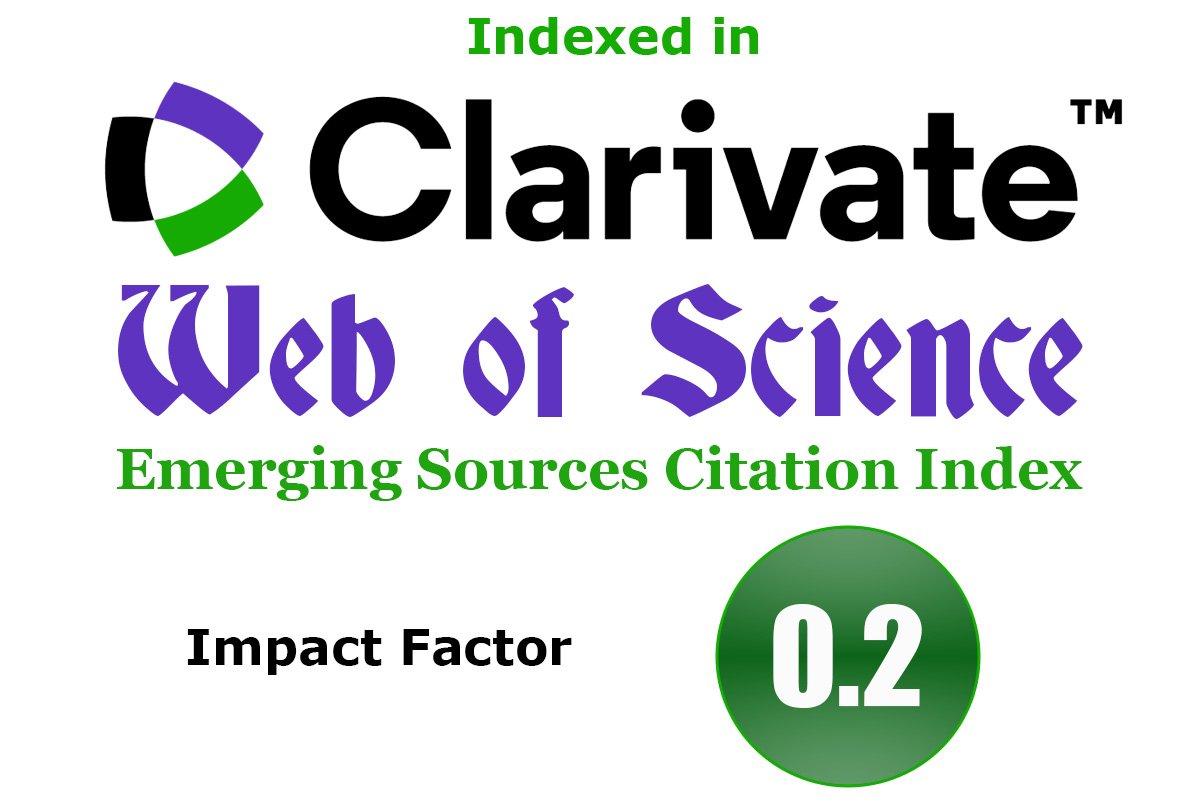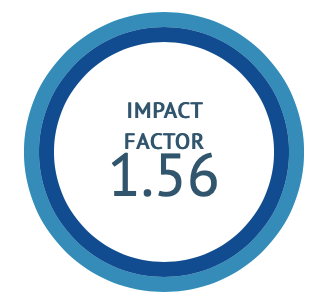A Research on Comparative Methods of Isolation, Evaluation and Identification of Clitoria ternatea Plant
DOI:
https://doi.org/10.47552/ijam.v16iS2.6168Keywords:
Clitoria ternatea, Phytochemical screening, Soxhlet extraction, Physicochemical analysis, Herbal medicine, Bioactive compoundsAbstract
Clitoria ternatea (Butterfly pea) is a traditional medicinal plant known for its therapeutic properties, including antimicrobial, antioxidant, and anti-inflammatory activities. This study aimed to evaluate its phytochemical composition, physicochemical characteristics, and extraction efficiency using different techniques to support its pharmacological potential. Ethanolic extracts of Clitoria ternatea flowers were prepared using maceration, Soxhlet extraction, and ultrasonic-assisted extraction. Qualitative phytochemical screening was conducted to identify secondary metabolites, while physicochemical parameters such as total ash, water-soluble ash, loss on drying, and alcohol- and water-soluble extractives were assessed. The Soxhlet method yielded the highest extractive value (89%), followed by maceration (62%) and ultrasonic extraction (57%). Phytochemical screening confirmed the presence of key bioactive compounds, including flavonoids, alkaloids, saponins, tannins, steroids, and cardiac glycosides. Physicochemical evaluations were within acceptable limits, supporting extract quality and reproducibility. This study validates the traditional use of Clitoria ternatea and demonstrates its potential for further development as a phytopharmaceutical agent. Soxhlet extraction is recommended for optimal recovery of bioactive constituents. Further research is warranted to isolate specific compounds and explore their therapeutic applications through pharmacodynamic and clinical studies.
Downloads
Published
How to Cite
Issue
Section
License
Copyright (c) 2025 International Journal of Ayurvedic Medicine

This work is licensed under a Creative Commons Attribution-NonCommercial-ShareAlike 4.0 International License.
The author hereby transfers, assigns, or conveys all copyright ownership to the International Journal of Ayurvedic Medicine (IJAM). By this transfer, the article becomes the property of the IJAM and may not be published elsewhere without written permission from the IJAM.
This transfer of copyright also implies transfer of rights for printed, electronic, microfilm, and facsimile publication. No royalty or other monetary compensation will be received for transferring the copyright of the article to the IJAM.
The IJAM, in turn, grants each author the right to republish the article in any book for which he or she is the author or editor, without paying royalties to the IJAM, subject to the express conditions that (a) the author notify IJAM in advance in writing of this republication and (b) a credit line attributes the original publication to IJAM.





